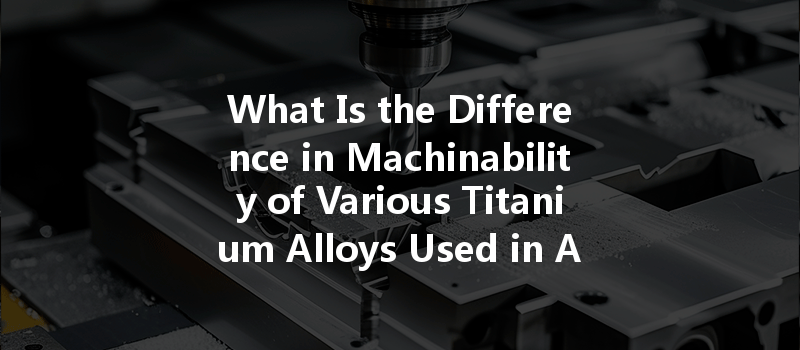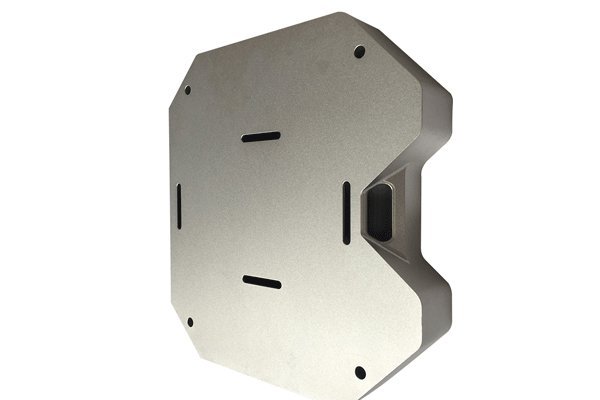Did you know that titanium is not just an extraordinarily strong metal but is also reputed for its lightweight and corrosion resistance, making it a leading choice in aerospace engineering? According to a report published by Transparency Market Research, the global titanium market was valued at approximately USD 4.68 billion in 2018 and is expected to reach USD 6.87 billion by
In this extensive blog, we will explore the intricacies of titanium alloys, their machinability differences in aerospace engineering, and provide detailed solutions to challenges faced during machining.
Understanding Titanium Alloys
Titanium alloys can be broadly categorized into two groups: alpha (α) alloys and beta (β) alloys, with a few titanium alloys containing both alpha and beta phases, known as alpha-beta (α-β) alloys. Each category showcases unique properties and machinability characteristics:
The Machinability of Titanium Alloys
Machinability can be defined as the ease with which a material can be machined to achieve desired specifications. Several factors affect the machinability of titanium alloys, including:
Machinability Ratings of Common Titanium Alloys
Here is a comparison of some common titanium alloys used in aerospace engineering, highlighting their machinability ratings:
Machining Challenges and Solutions
Despite the advantages of titanium alloys, their unique properties present several machining challenges. Here are common issues encountered during machining and the corresponding solutions:
Challenge: Titanium’s high strength leads to rapid wear of cutting tools, which can result in matrix fracturing, chip formation, and costly production delays.
Solution:

Challenge: Due to titanium’s low thermal conductivity, machining can lead to elevated temperatures that may result in thermal distortion of parts and tool degradation.
Solution:
Challenge: High cutting forces can lead to vibration and chatter during machining, affecting part finish and dimensional accuracy.
Solution:
Challenge: Most titanium alloys work harden, which can complicate machining operations and lead to increased tool wear.
Solution:
Advanced Machining Techniques
As the demand for high-performance and complex aerospace parts increases, advanced machining techniques have emerged to improve efficiency and precision. Here are a few worth considering:
EDM utilizes electrical discharges to remove material, making it useful for hard-to-machine titanium alloys. This method provides improved precision and a better surface finish, reducing the need for secondary operations.
Some aerospace manufacturers are exploring additive manufacturing for producing titanium components. This technique allows for complex geometries and reduces material waste, which can be critical in aerospace applications.
Combining traditional machining with laser or ultrasonic assistance can enhance the cutting of titanium alloys, reducing cutting forces and improving tool life.
In conclusion, understanding the differences in machinability among various titanium alloys is critical for aerospace engineering applications. We’ve explored the types of titanium alloys, their unique properties, and how those affect machinability.
Key takeaways include the need for appropriate tooling, cutting parameters, and innovative techniques to mitigate the challenges posed by titanium alloys. Whether you’re an engineer, a manufacturer, or a designer, being aware of these challenges and solutions will not only help you optimize machining processes but also produce high-quality, reliable aerospace components.
It’s essential to recognize that the aerospace industry is continually evolving, and the machinability of titanium alloys will be critical in pushing the boundaries of design and innovation. By staying informed about these ongoing advancements, professionals can remain competitive and ensure the future of aerospace engineering is safe, efficient, and above all, successful. Your next design might just rely on the titanium alloys discussed here, making this knowledge invaluable for anyone in the field.






